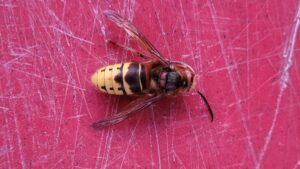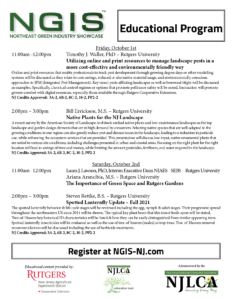Regional news of note: The Philadelphia Society of Agriculture is hosting a webinar on Thursday, January 6, 2022 at 1:00 pm with the Secretaries of Agriculture from PA, NJ, DE, and MD who will share their reflections on 2021 and their hopes and plans for agriculture in their state in 2022.
“A Visit with the Secretaries of Agriculture for the Region”
COVID has changed the agriculture and food industry in many ways. The leadership of the state departments of agriculture has been critical in filling the gaps that have arisen while, at the same time, carrying on their continuing mission of safety in the industry. Each state is different given the mix of agriculture in each. The Secretaries will address the differences and similarities in agriculture in the four states.
- There is no registration fee but pre-registration is required by contacting pspaonline@gmail.com with the name(s) of the people attending, their affiliations, and emails. You will receive a Zoom link in return.
- Contact Scott Sheely at pspaonline@gmail.com with any questions. Registrations end by COB on Wednesday, January 5, 2022.

 Through our collaboration in the Extension Collaborative on Immunization Teaching & Engagement (EXCITE) we’d like to share the following timely updates on the on-going pandemic and efforts to encourage everyone eligible to get vaccinated and/or boosted now!
Through our collaboration in the Extension Collaborative on Immunization Teaching & Engagement (EXCITE) we’d like to share the following timely updates on the on-going pandemic and efforts to encourage everyone eligible to get vaccinated and/or boosted now!

